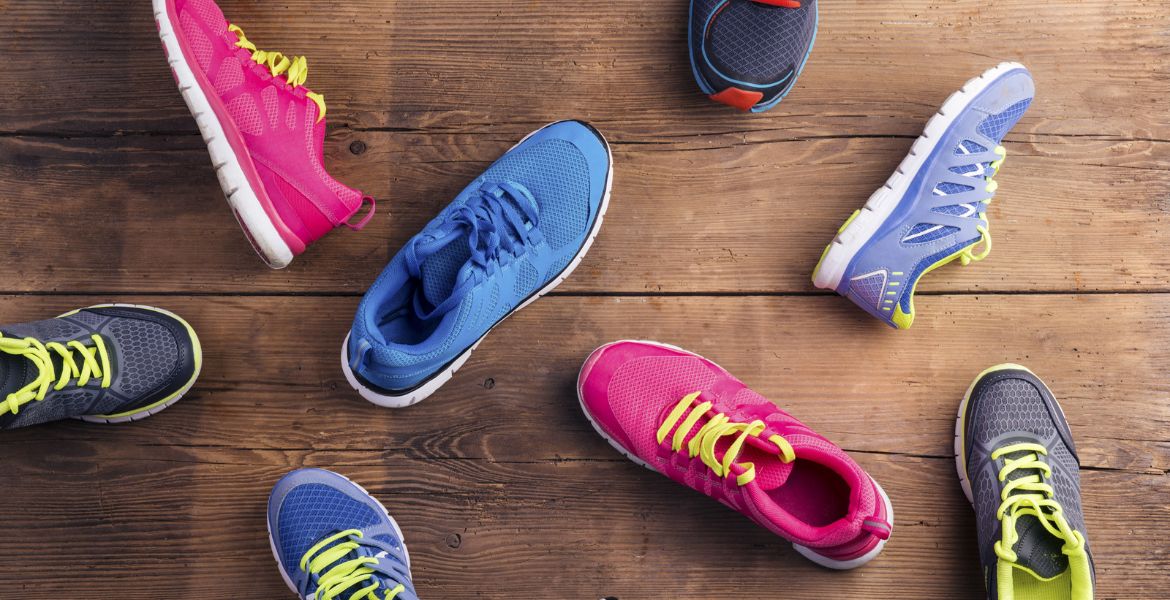How to Choose the Perfect Running Shoes for Your Feet and Goals
Choosing the right running shoes can significantly impact your training and race performance. However, with so many options available, it can be overwhelming to determine the perfect pair for your unique feet and running goals. In this article, we will guide you through the key factors to consider when selecting your ideal running shoes.
Determine Your Foot Type
Understanding your foot type is crucial in selecting the right shoes. The three primary foot types are:
- Neutral: Balanced arch, even distribution of pressure
- Overpronation: Low or flat arch, excessive inward rolling of the foot
- Supination: High arch, inadequate inward rolling of the foot
You can determine your foot type by doing a simple wet test. Stand on a wet surface and step onto a dry surface to leave a footprint. Analyze the shape of the footprint to identify your foot type.
Choose the Right Shoe Type
Running shoes come in various categories, designed for different foot types and running styles:
- Neutral Shoes: Suitable for neutral and supinating runners, offering cushioning and shock absorption
- Stability Shoes: Designed for mild to moderate overpronators, providing support and preventing excessive inward rolling
- Motion Control Shoes: Ideal for severe overpronators, offering maximum support and control to prevent excessive foot motion
Factor in Your Running Goals
Consider your training and racing goals when selecting your shoes. If you’re training for long distances, look for shoes with ample cushioning and support. For speed workouts or shorter races, consider lightweight, responsive shoes for faster turnover.
Running Surface
The surface you run on also plays a role in shoe selection. Trail running shoes offer more aggressive outsole patterns for better traction on uneven terrain, while road running shoes have smoother outsoles for consistent grip on pavement.
Proper Fit and Sizing
A well-fitting shoe is essential for comfort and injury prevention. Visit a specialized running store for professional fitting assistance. When trying on shoes, wear the same socks you plan to run in and allow for a thumb’s width of space between your longest toe and the shoe’s end. Ensure the shoe feels snug in the heel and midfoot but provides enough room for your toes to move.
Test Run and Break-In Period
Before committing to a pair of shoes, try them on and take a short test run. This will give you an idea of how the shoes feel in motion. Once you’ve purchased your new shoes, allow for a break-in period by gradually increasing the mileage over a few runs.
Conclusion
Selecting the perfect running shoes is crucial in achieving your training and racing goals. By considering your foot type, running goals, and surface, as well as ensuring proper fit and sizing, you’ll be well on your way to finding the ideal pair. Remember, investing time and effort in finding the right shoes can help prevent injuries, enhance your performance, and make your running experience more enjoyable.

